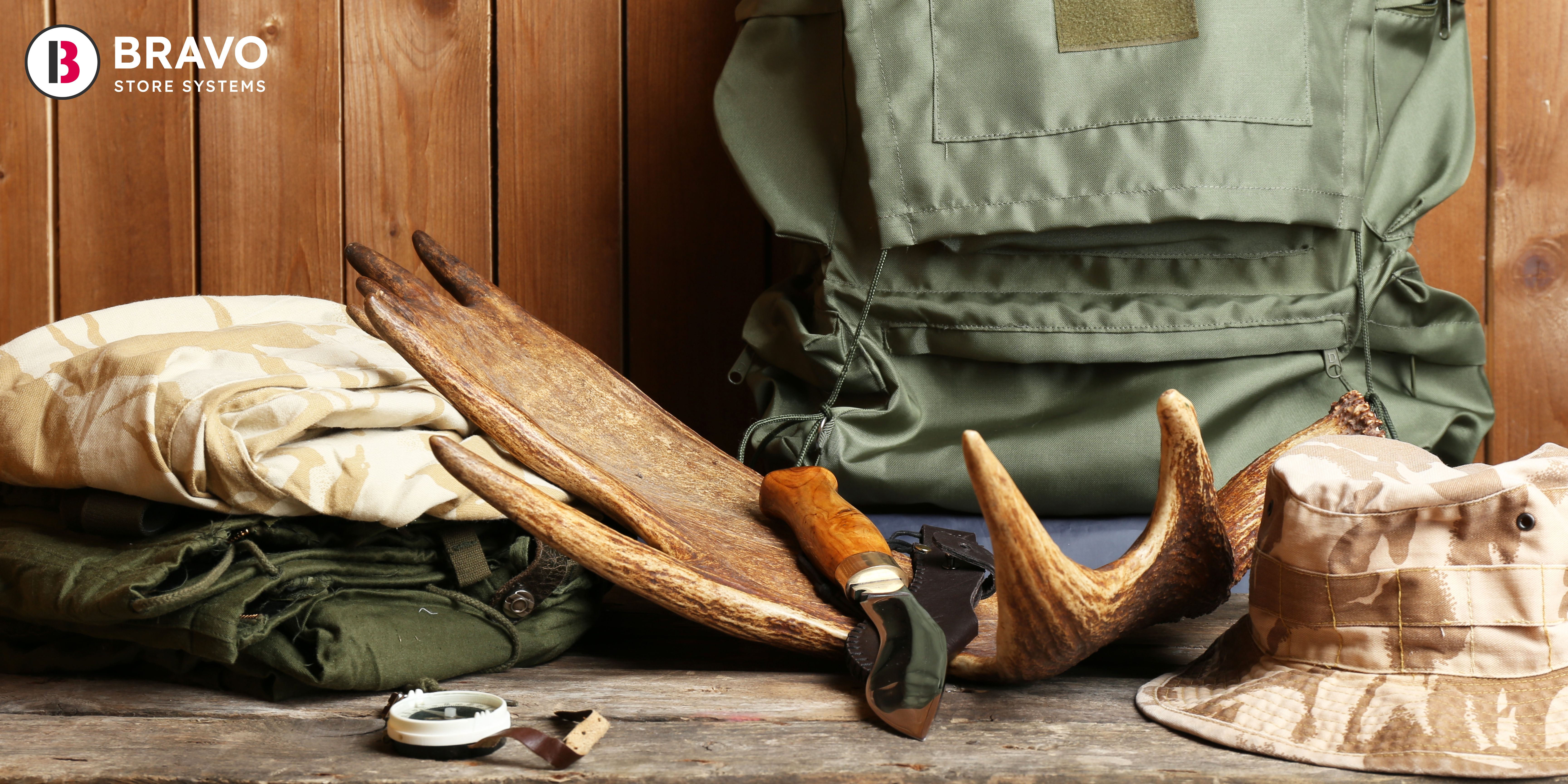How To Prepare For an ATF Inspection
A primary responsibility of the Bureau of Alcohol, Tobacco, Firearms and Explosive (ATF) is ensuring that firearms dealers engage in their business in compliance with the law. “Federal firearms licensees (FFLs) must comply with the Gun Control Act (GCA) of 1968 and its implementing regulations. This helps protect the public by preventing illegal firearm trafficking and ensuring the successful tracing of crime guns back to the first retail purchaser.”
One of the ways the ATF ensures compliance is with regular inspections at limited times and for limited purposes. They may conduct an annual compliance and recordkeeping inspection under the GCA, without a warrant, once during any 12-month period. This is the ATF inspection FFLs are most likely to encounter and the one that will be addressed in this article.
The Firearms Inspection Process (ATF)
Inspections occur without notice at the firearms dealer’s place of business during regular business hours by an industry operations investigator (IOI). During the inspection, the IOI is responsible for the following tasks:
- Reviewing business operations
- Evaluating security measures
- Verifying compliance
- Inventorying firearms
- Reviewing the bound book (A&D record)
- Reviewing ATF forms, including Form 4473
If violations are found, the inspector reviews them with the firearm’s dealer and explains the necessary corrections. In more than half of the inspections, there are no violations and firearms licenses are revoked less than 1% of the time. In rare instances where an FFL doesn’t respond to the violations report, a warning letter or warning conference will follow. (source)
Common Questions About ATF Inspections
Why did they choose my gunshop?
You were chosen because of where you are in the cycle of inspections. The ATF’s goal is to inspect all FFLs on a three- or five-year basis; however, a study by the USDOJ in 2013 found that the ATF did not meet its goal resulting in over 58 percent of FFLs not being inspected within 5 years. (source)
The cycle you’re in depends on whether you operate in a “source” or “non-source” state; the former being those where crime guns are first purchased, and the latter where crime guns have traveled. The ATF also prioritizes high-risk FFLs for compliance inspections. If you live in a non-source state and have a low denial ratio, you’ll be inspected less often than if you live in a source state and are located in a high crime area.
Why didn’t the IOI call to make an appointment?
The IOI prefers to make an appointment with you because that makes their job easier. They know you’ll be at your place of business and that you’ll be prepared for their visit. But, they aren’t legally required to make an appointment. They can just show up, and as long as they do that during regular business hours, you must allow them in.
What records is the ATF allowed to review?
The ATF is only allowed to inspect your firearms records and inventory. They’re not allowed to inspect records related to any other aspect of your business.
What happens if I have violations?
“If an IOI finds violations during an FFL inspection, ATF has several ways to guide the FFL toward correcting those violations and ensuring future compliance. These methods include issuing a report of violations, sending a warning letter, and holding a warning conference (or meeting) with the industry member.” (source)
But it doesn’t need to get that far. In fact, with proper preparation, you can be one of the 53% of FFLs who have no violations whatsoever.
How To Prepare For An ATF Inspection
Be meticulous about paperwork. This is the biggest category for ATF violations by far. The most common record-keeping violations are:
- Failure to document the buyer’s ID
- Failure to verify buyers residence
- Failure to record the NICS contact information
- Improperly identifying a firearm on Form 4473
- Failure to ensure that the buyer properly completed Form 4473, Section A
- Buyer leaves your shop before Form 4473 is complete
- Discrepancies between your inventory and bound book
- Absence of paperwork for multiple handgun sales (source)
Don’t mishandle the background check. It should go without saying, but make sure you initiate it. Then wait until the background check is completed, or the NICS time has elapsed, to transfer the firearm.
Don’t sell to someone you have reason to believe is prohibited from owning a gun. If there’s a waiting period in your state, make sure you observe it.
The best way to prepare for an ATF inspection is to have tools and processes that ensure that you’re in compliance on a day-to-day basis. Once you’ve been contacted by the IOI and an appointment has been made, take the time to get your records in order and make sure that everything the inspector needs is prepared before his or her visit, including a firearms inventory and an audit of your bound book. If you’re storing records electronically, make sure your variance is on hand and that the inspector can access your digital records in read-only format.
Many of the most common violations occur with Form 4773. When you use E4473, you can be assured that you are 100% compliant, 100% of the time.


















